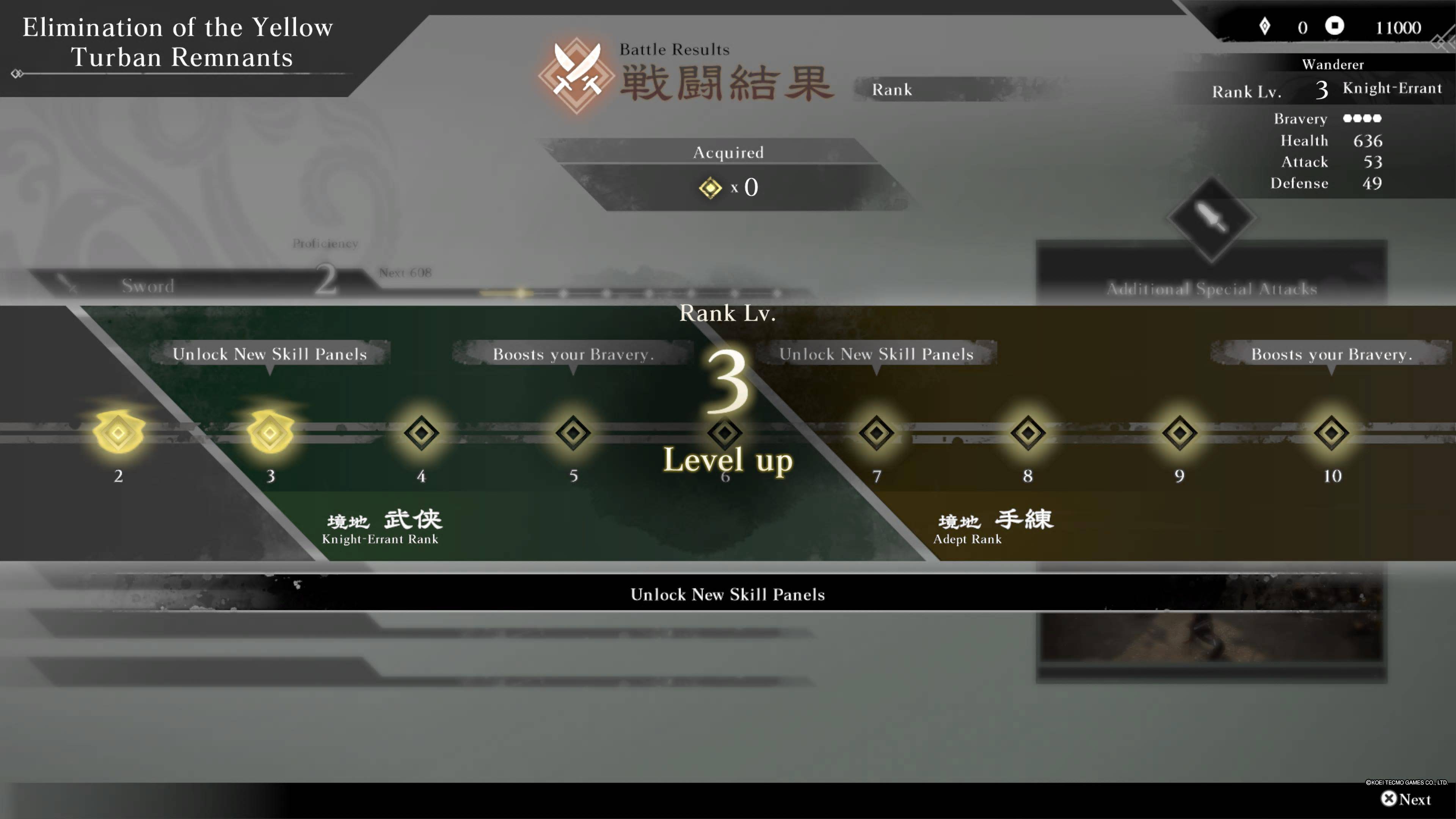Tempest Rising: A 90s-Style RTS Returns
From the moment I launched the Tempest Rising demo, I had a great feeling. The opening cinematic, complete with cheesy dialogue from heavily armored soldiers and a nervous scientist, instantly brought a smile to my face. The music, UI, and units perfectly captured the vibe of my high school days, fueled by late-night Command & Conquer sessions with friends, Mountain Dew, Pringles, and a healthy dose of sleep deprivation. Reliving that feeling through a modern game is a blast, and I’m eager to see what Slipgate Ironworks has planned for the full release. Whether battling bots with surprisingly clever AI in Skirmish or diving into Ranked Multiplayer, Tempest Rising felt instantly comfortable, like slipping into a well-worn baseball glove.
This wasn't accidental. The developers explicitly aimed to create a nostalgic real-time strategy (RTS) experience reminiscent of 90s and 2000s classics, enhanced with modern quality-of-life improvements. Set in 1997, Tempest Rising unfolds in an alternate history where the Cuban Missile Crisis escalated into World War 3. The aftermath saw the emergence of strange, electrically charged vines, ushering in a new era of power for those daring enough to harvest their energy.
Tempest Rising Screenshots

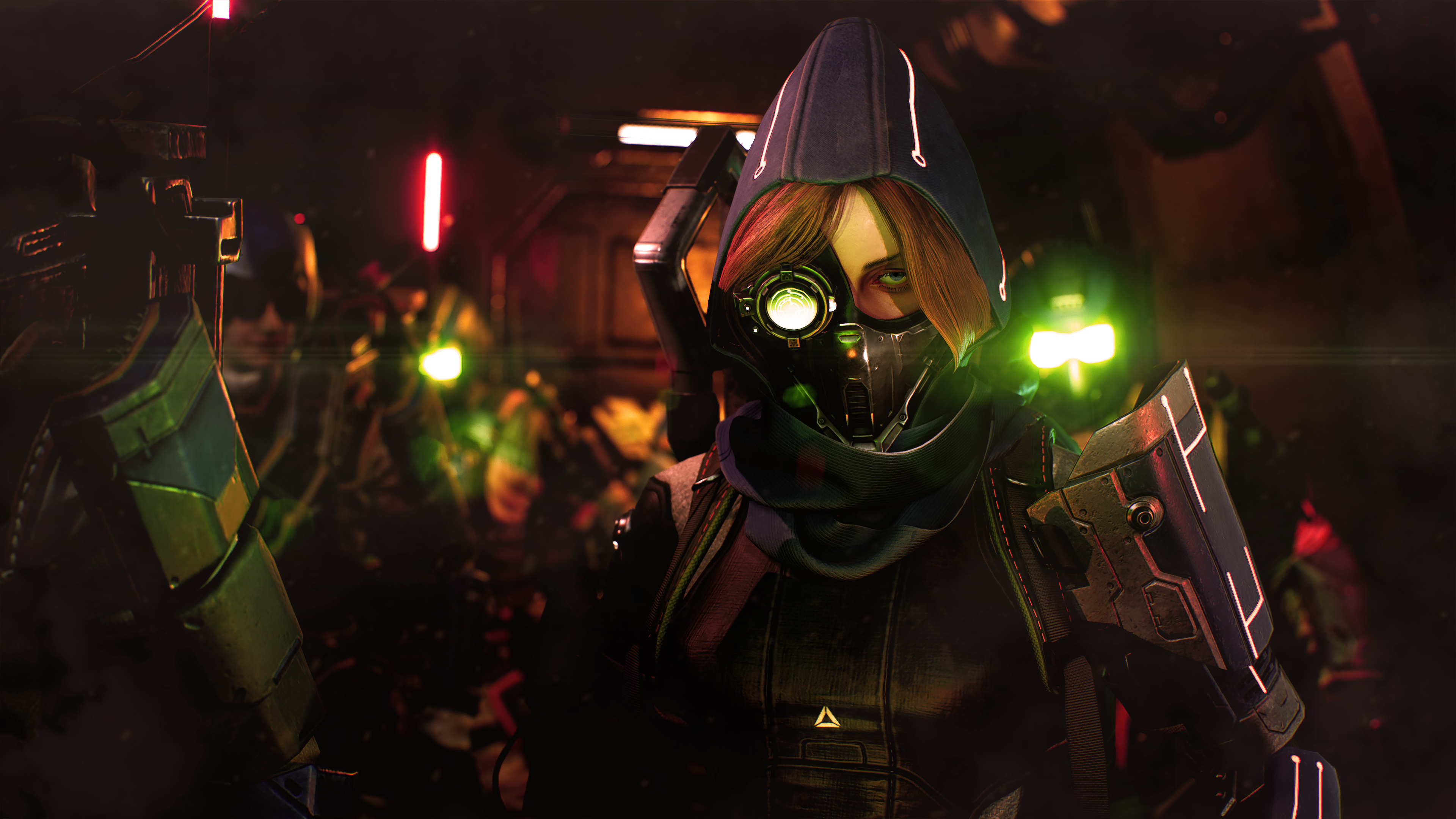 8 Images
8 Images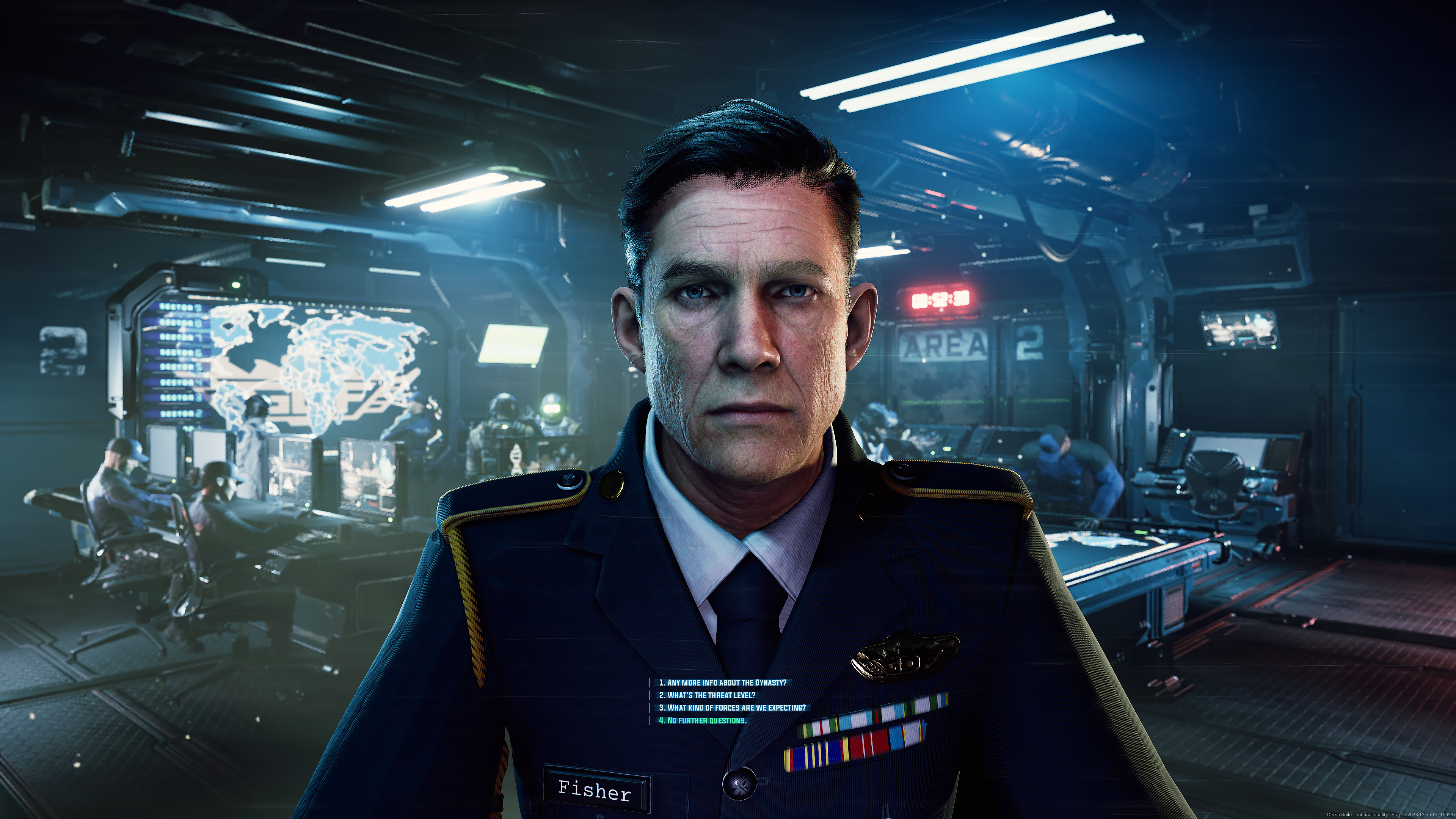
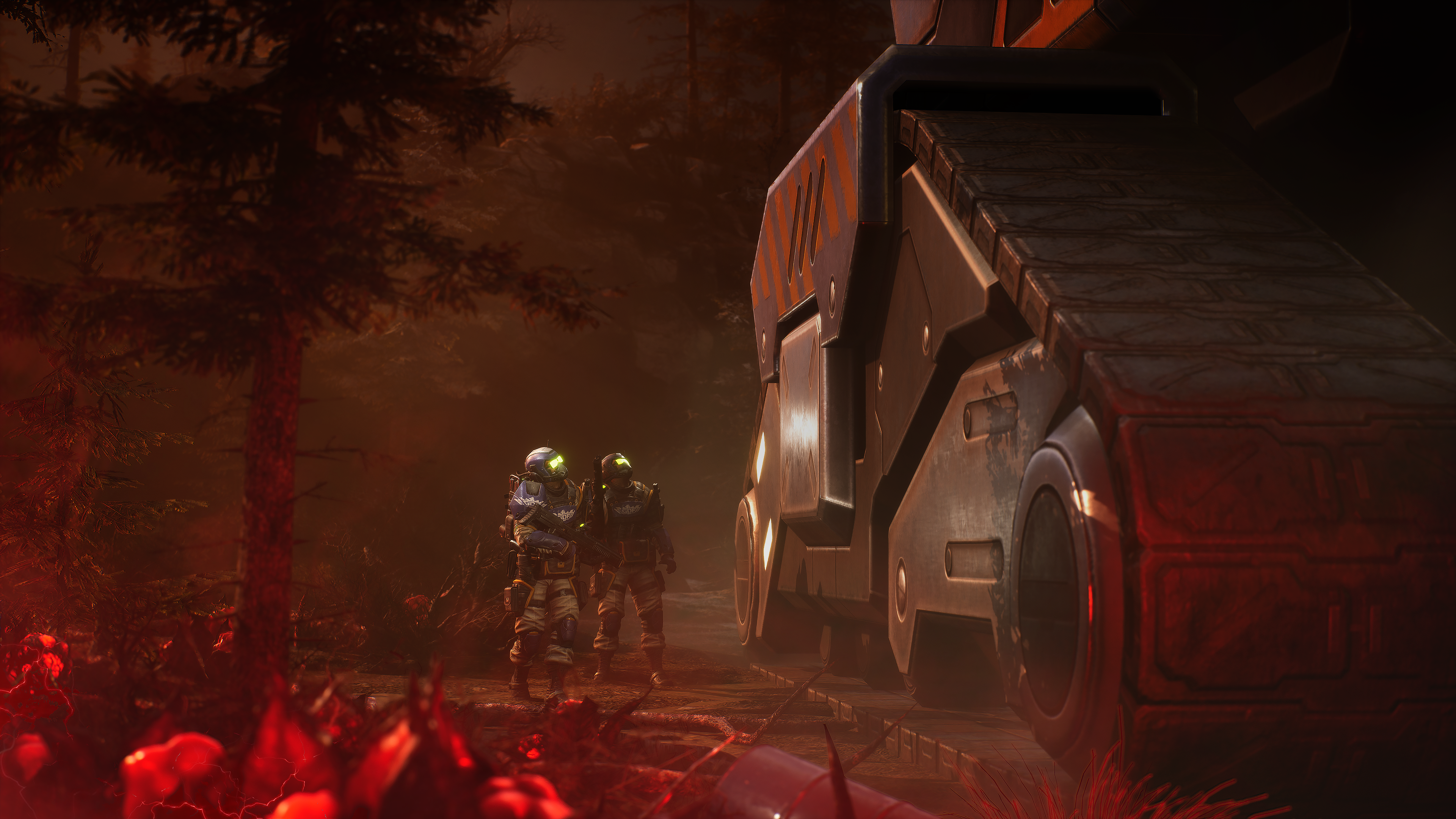
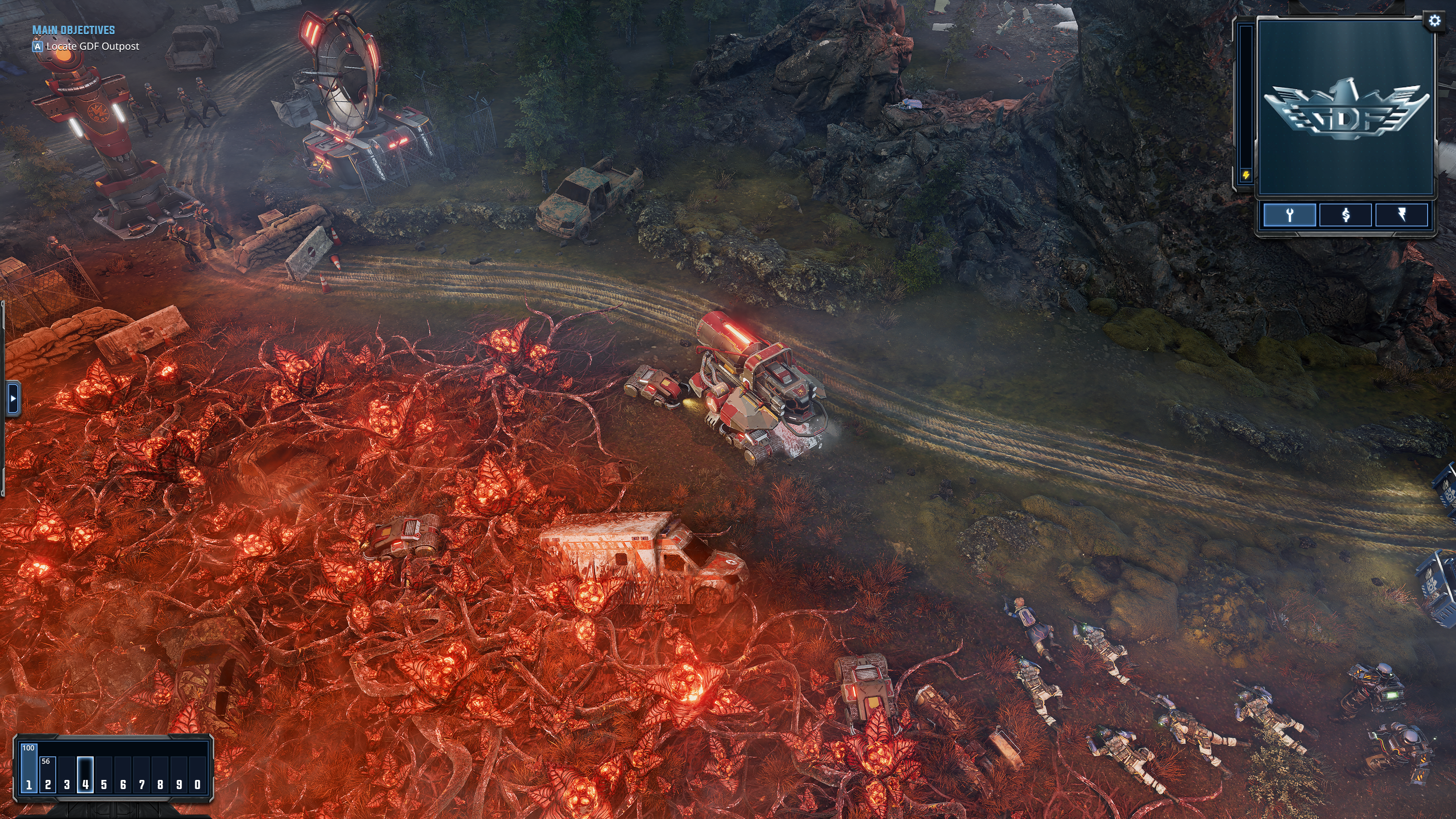
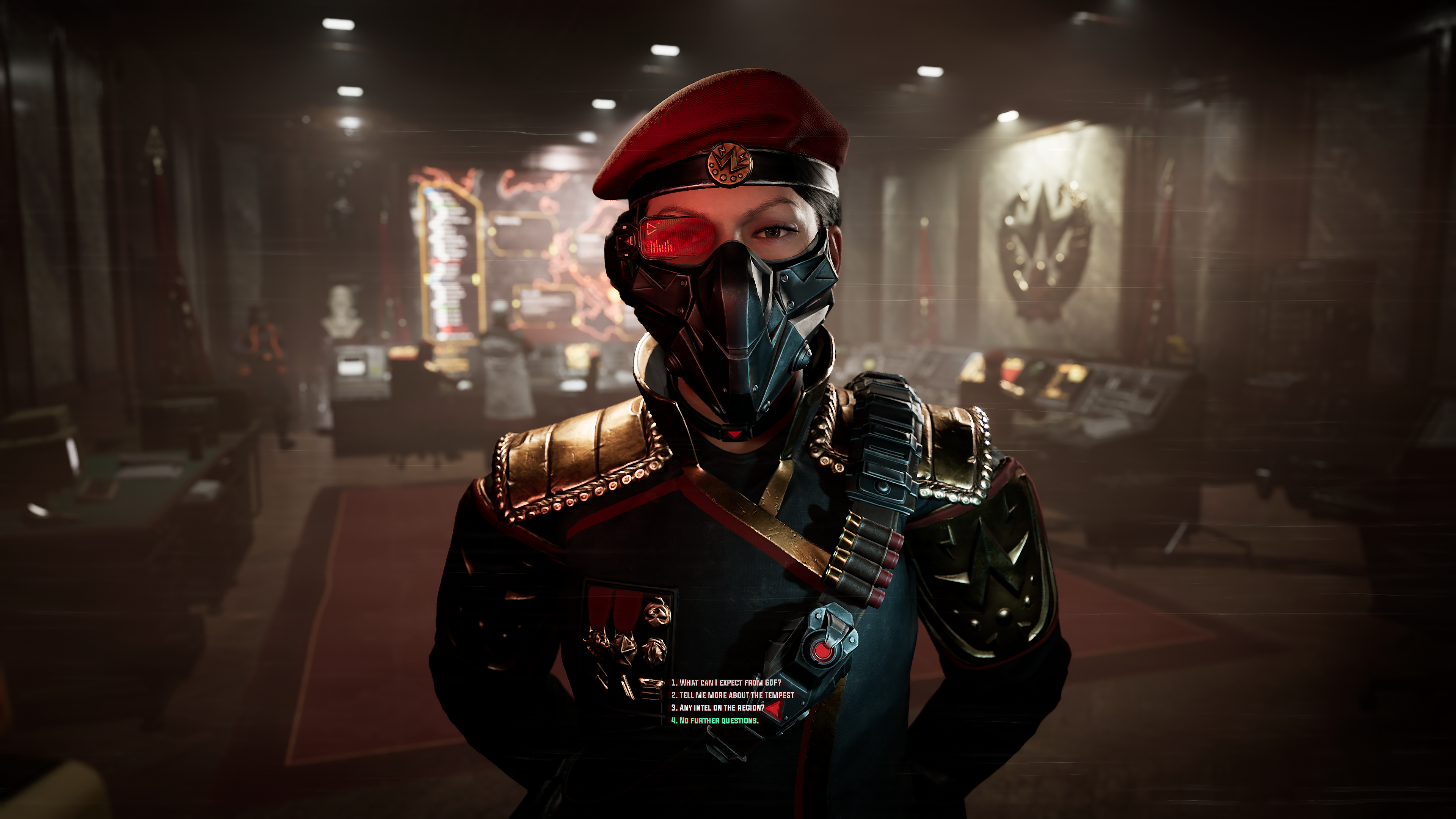
Since the preview focused solely on multiplayer, I'll have to wait for the story mode reveal. It will reportedly feature two replayable 11-mission campaigns, one for each main faction: the Tempest Dynasty (TD) and the Global Defense Forces (GDF). A third faction remains shrouded in mystery, unavailable in the preview build, Steam RTS Fest demo, or at launch.
The Tempest Dynasty immediately caught my eye, not just for the hilariously named Tempest Sphere—a death ball that crushes infantry—but also for their unique "Plans" system. These faction-wide bonuses are activated via the Construction Yard, one at a time, with a short cooldown. With sufficient power generation, switching between plans is smooth and strategic.
The Logistics Plan accelerated building and resource harvesting; the Martial Plan boosted unit attack speed and provided explosive resistance, while also granting Machinists a health-draining attack speed boost; and the Security Plan reduced unit and building costs, improved repair, and expanded radar vision. I found a satisfying rhythm, cycling through economic boosts (Logistics), construction speed-ups (Security), and offensive power-ups (Martial).This flexibility extends to other aspects. Unlike the GDF's refinery-based resource harvesting, the TD utilizes Tempest Rigs—mobile units that harvest resources until depletion, then relocate. This made my favorite "fast expand" strategy incredibly efficient, as the rigs' distance from the base was inconsequential. Sending them to distant locations proved a great way to generate resources undisturbed.
The Dynasty's Salvage Van is another fun unit. It repairs allies but can also switch to Salvage Mode, destroying nearby vehicles (regardless of ownership) and returning resources to the player. Ambushing unsuspecting opponents and destroying their vehicles for resources proved incredibly satisfying.Ambushing unsuspecting opponents and destroying their vehicles for resources proved incredibly satisfying. Finally, the Dynasty's power plants can switch to Distribution Mode, boosting construction and attack speed of nearby buildings (yes, some upgraded buildings have cannons!), at the cost of taking damage. The self-preservation feature, ceasing the boost at critical health, prevented accidental self-destruction.
While I favored the Tempest Dynasty, the GDF has its own appeal, focusing on buffing allies, debuffing enemies, and battlefield control. The Marking mechanic, where units mark enemies for debuffs and Intel drops (used for advanced units and structures), is particularly effective when combined with Doctrine upgrades.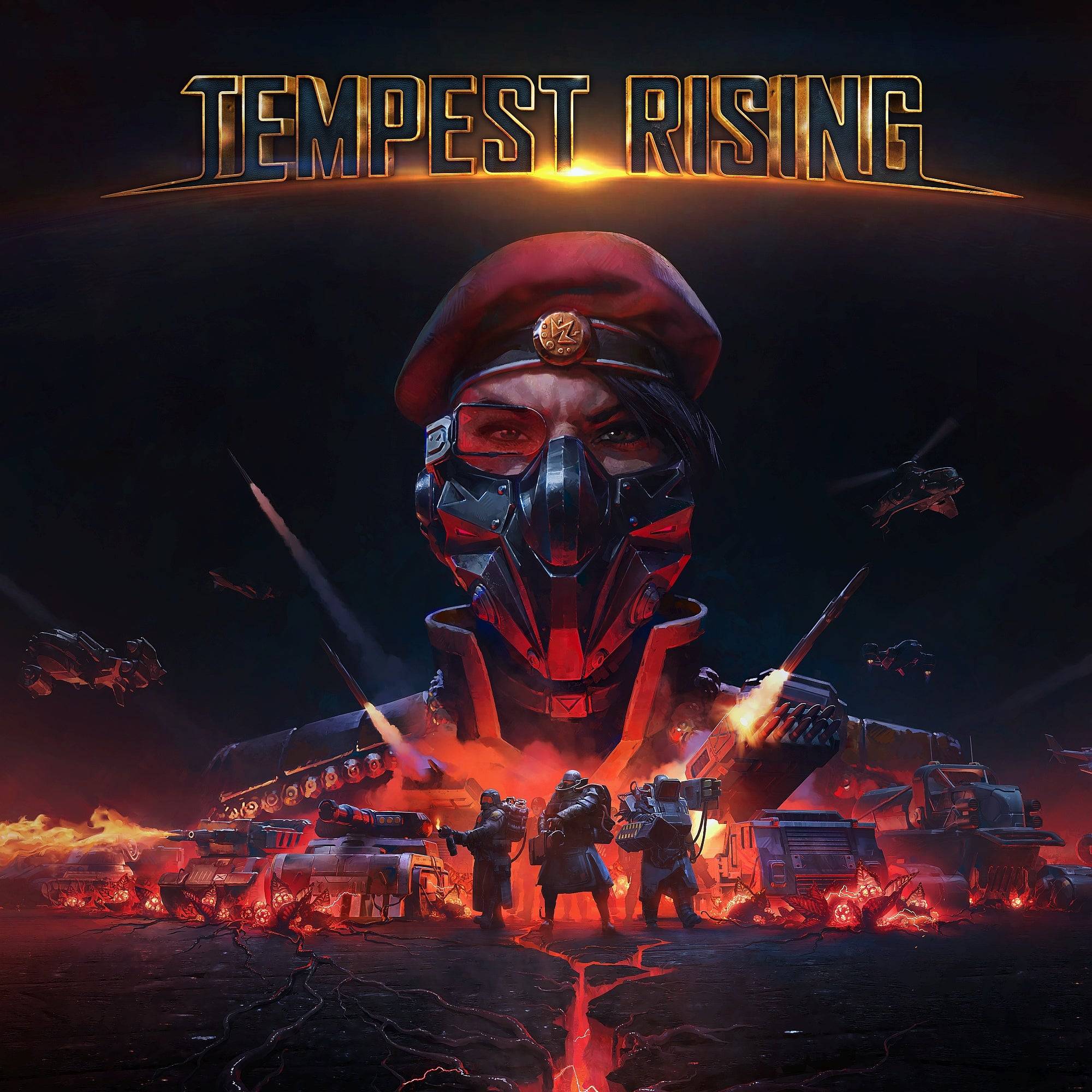 Tempest Rising3D Realms Wishlist
Tempest Rising3D Realms Wishlist
Each faction boasts three tech trees, allowing for strategic specialization. Beyond the tech trees, constructing specific advanced buildings unlocks powerful, cooldown-based abilities that can dramatically shift the tide of battle. While both factions have area-of-effect damage and troop spawning abilities, the GDF also has spy drones, beacon deployment for remote building, and a vehicle-immobilizing ability.
The Dynasty's fewer building types, with upgradable versions, make losing structures to enemy Engineers a significant setback. The Lockdown ability, preventing enemy takeovers but halting building functions, is a crucial counter. The Field Infirmary, a mobile healing zone, proved invaluable, complementing the Dynasty's existing repair capabilities.There's much more to explore, especially the custom lobbies with friends against the surprisingly tactical AI bots. Until then, I'll happily continue my solo campaign, crushing my bot opponents with swarms of death balls.









